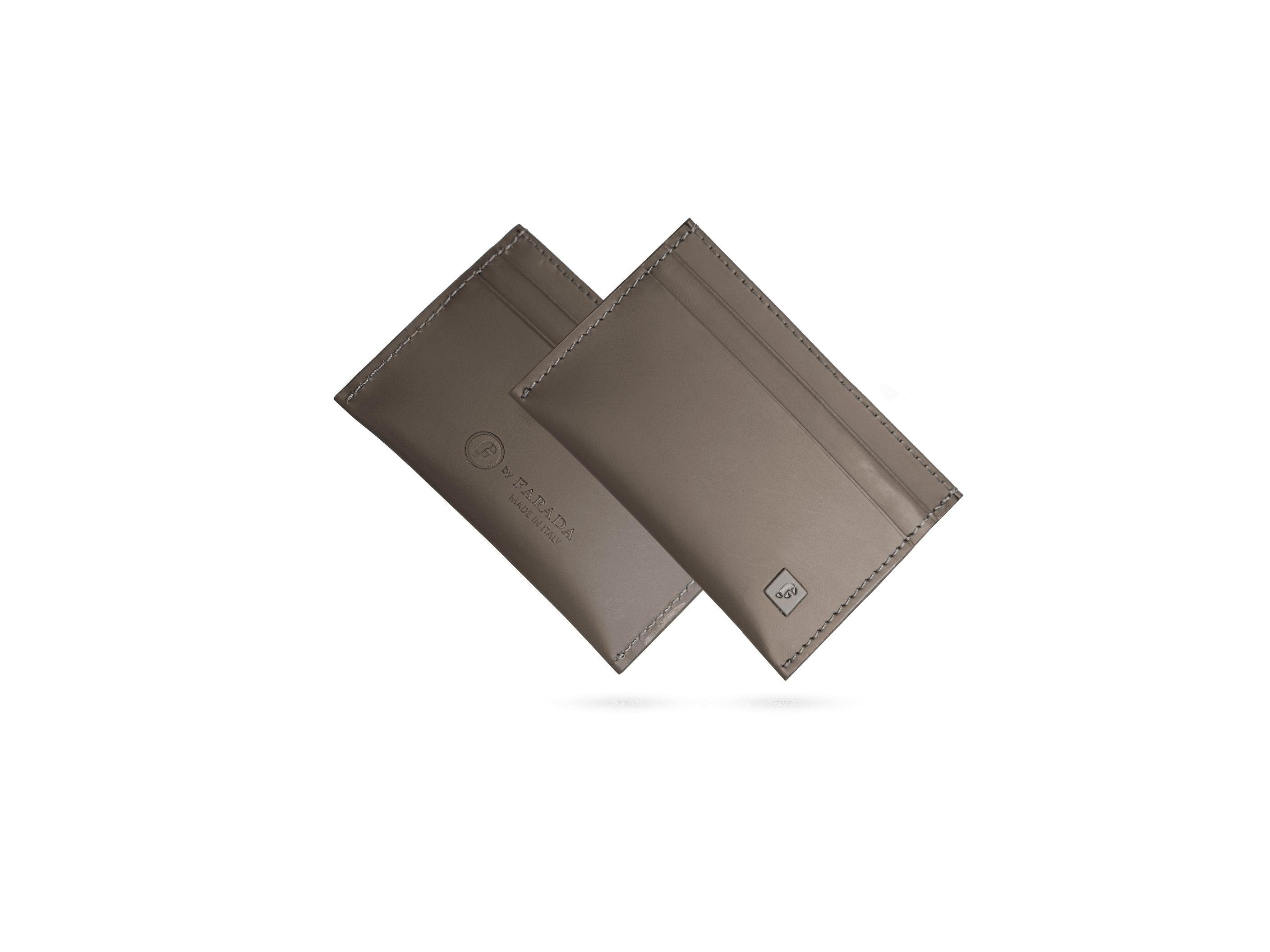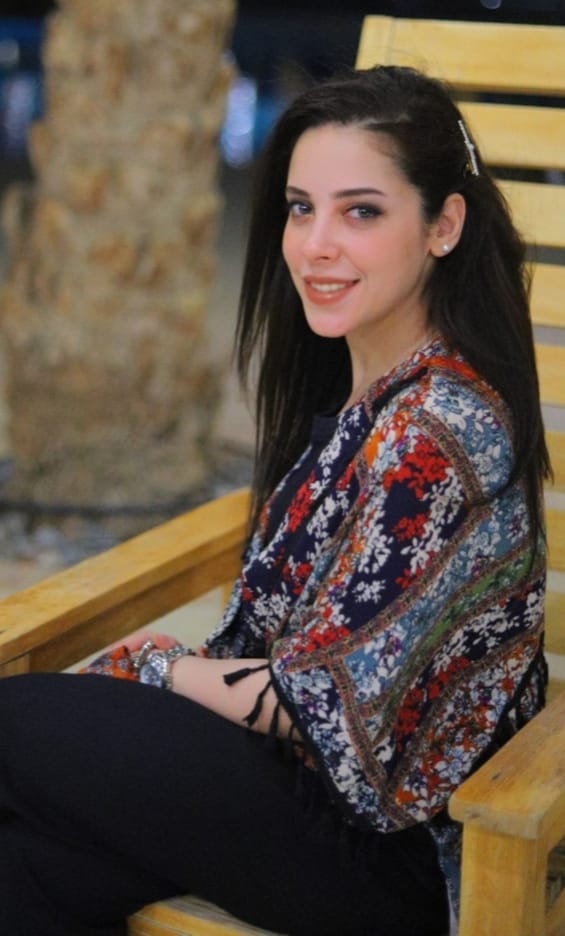Middle Easterners, especially Arabs, love holding onto their traditions and culture more than anything. They are more connected to their roots, which can be observed in their day-to-day lives. From how they act and behave to what they wear everything has a historical significance and value.
Among the many traditions that Arabs have been able to keep following, wearing special Arabic sandals is a prominent one. The Arabic Sandals have been able to stand the test of time and their evolution and journey in modern times is really impressive.
In this article, we will look at how Arabic sandals have stayed relevant even after so many centuries and why people still love this footwear, so stay with us till the end.
Table Of Contents
Arabic Sandals
Arabic sandals, known more commonly as Saudi Madas, are Iconic Arabic Sandals that royalty and working-class men wear. The oldest of these sandals were made from camel leather. Later, the Arabs transitioned to other materials to make these slippers, which were plentiful and easily available.
The design of Arabic sandals involves a ring on the front that goes around your big toe and another piece of leather that wraps the upper part of your foot. There is also a leather strap to keep the sandal fixed in its place.
These sandals' design accommodates this region's sandy nature and heat. In the past, wearing this footwear was a necessity for Arabs. In modern times, however, the Saudi Madas have transcended their original use and have become a fashion accessory both for Arabs and non-Arabs alike.
A Look at The Origin of Arabic Sandals

If we look at the Arab’s history, we find that the ancient Arabs or Bedouins did not wear any shoes mainly because of the sandy environment. During the winter season, however, they used to wear “Zarbool” which was sort of a sock made from camel hair.
As time passed and Arabs became more prominent in the region, people from different cultures visited these lands, and that led to the use of the very first Arabic sandals that were both comfortable to wear and affordable.
The original open-toe design was inspired by the Indian travelers, and the Arab craftsmen then altered it to fit the environment and needs of the Arabs. The earlier versions of these shows, or “Naal,” were sandals you could wear all year round and on every occasion.
A more recent version, "Naal Bu Sbaa,” involves a design where the big toe is separated from the rest of the foot with a stylish leather ring. This style of Arabic sandals has gained universal popularity for its comfort, breathability, and flexibility to be used in different settings.
Arabic Sandals: A Journey in Modern Times

The traditional hammered Arabic sandals' journey has been incredible in many ways. The Arabic sandals have been able to retain their original design and style. However, a few changes have also been made here and there to keep these sandals from becoming obsolete.
Things like these sandals' materials, stitching style, build quality and preparation methods have transformed in the past few decades. If you are more into the original Arabic sandal designs, you can also find artisans in Saudi Arabia who still use ancient tools and methods to make these sandals by hand.
The world of Arabic sandals has attracted the attention of local and international luxury houses that have realized the marketability of these sandals and have taken steps to make them more practical and affordable without sacrificing quality and comfort.
A prominent Italian shoe designer, Cesare Paciotti, came up with an exotic collection of Arabic sandals in 2013. In 2017, Berluti, which is a subsidiary brand of LVMH, also released its very own collection of Arabic sandals. These limited-edition Ramadan sandals had calligraphic motifs contributing to local traditions, customs, and values.

This also inspired other leading brands like Loro Piana, Gucci, Givenchy, and Todd’s to release their own Arabic sandals with unique motifs and sophisticated designs.
If you look back ten or twenty years, the Madas Sharqi or Arabic Sandals were worn only by men. But now, thanks to the local designers as well as international brands who developed a keen interest in making these sandals more popular, various designs have emerged that are either unisex or for women only.
Almost every major international designer has its own range of traditional, classic Arabic sandals that were once the sole domain of native cobblers of Saudi Arabia. It is, in fact, the love and devotion of the Arabs for their culture that has kept this footwear alive for centuries and will continue to do so for years to come.
Conclusion
The Arabic sandals are known for their unique style, exotic shape, and comfort that they provide to the wearer. These sandals were once only a necessity that every Arab needed to navigate through the desert or sandy regions of Saudi Arabia. However, today these sandals have become a symbol of Saudi tradition.
The Arabic sandals have certain aspects to them that you don’t see in any other type of footwear. First of all, you can find these sandals in the same shapes, designs, and materials that they were made from centuries ago. These sandals give your foot room to breathe which makes them ideal for regions where there is more heat or humidity.
The timeless designs, colors, and finishes of the Arabic sandals make them ideal for both personal and professional use. This flexibility makes these sandals a more reliable footwear option for both men and women of all ages.
You can contact us at Farada to explore a wide range of Mens Arabic sandals and kids Arabic Sandals in the UAE.

















